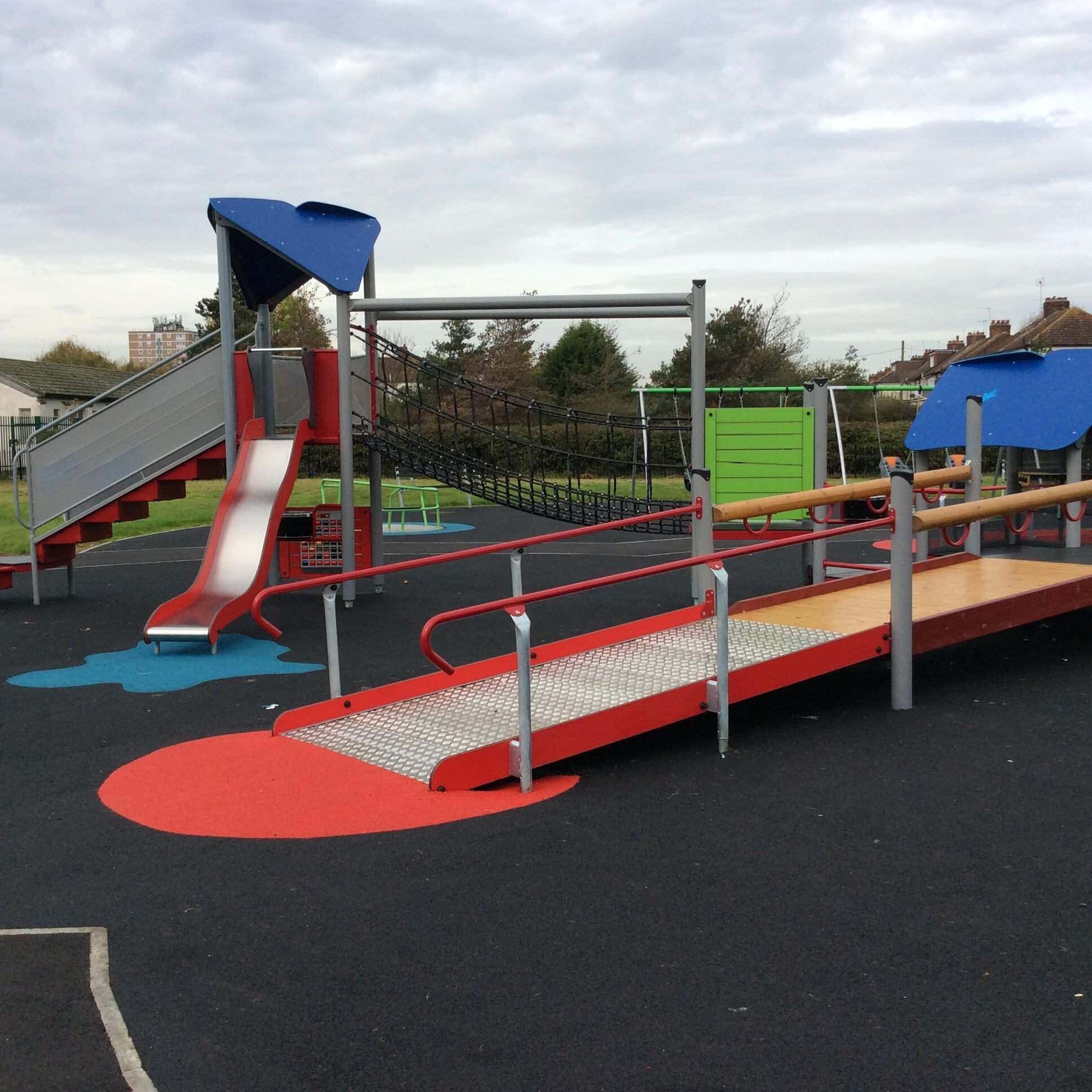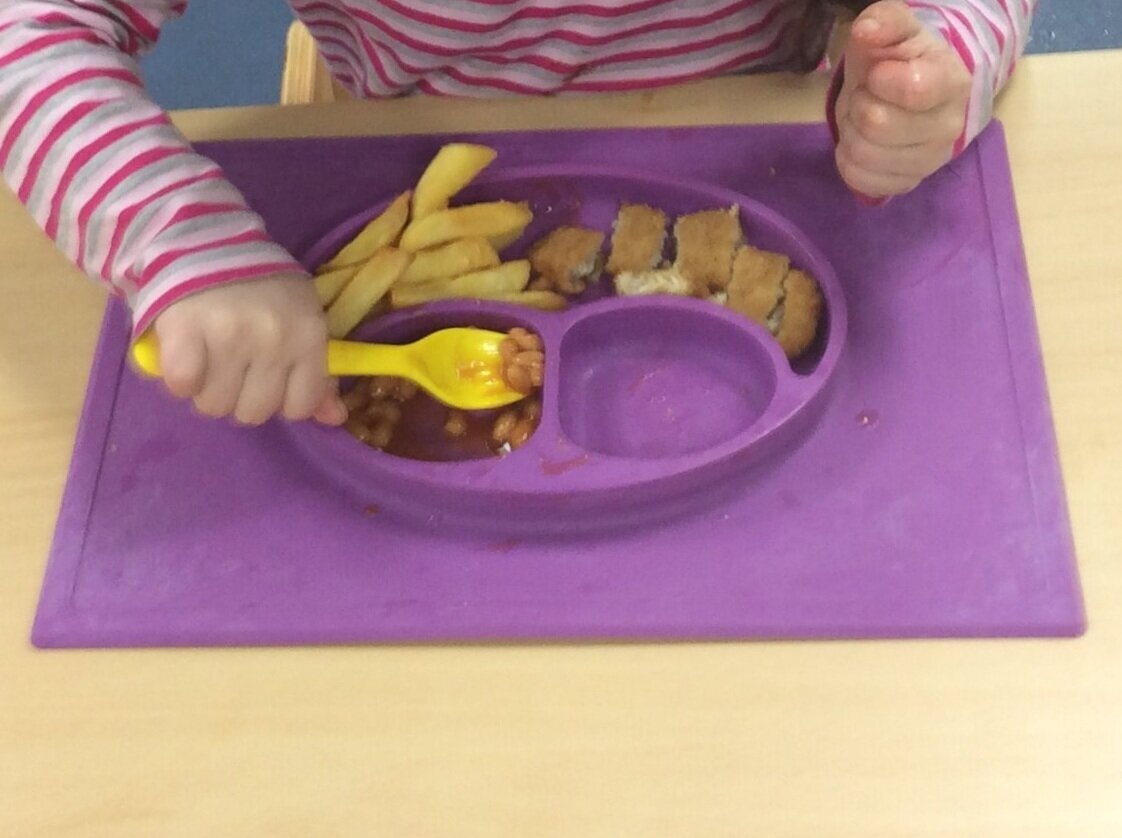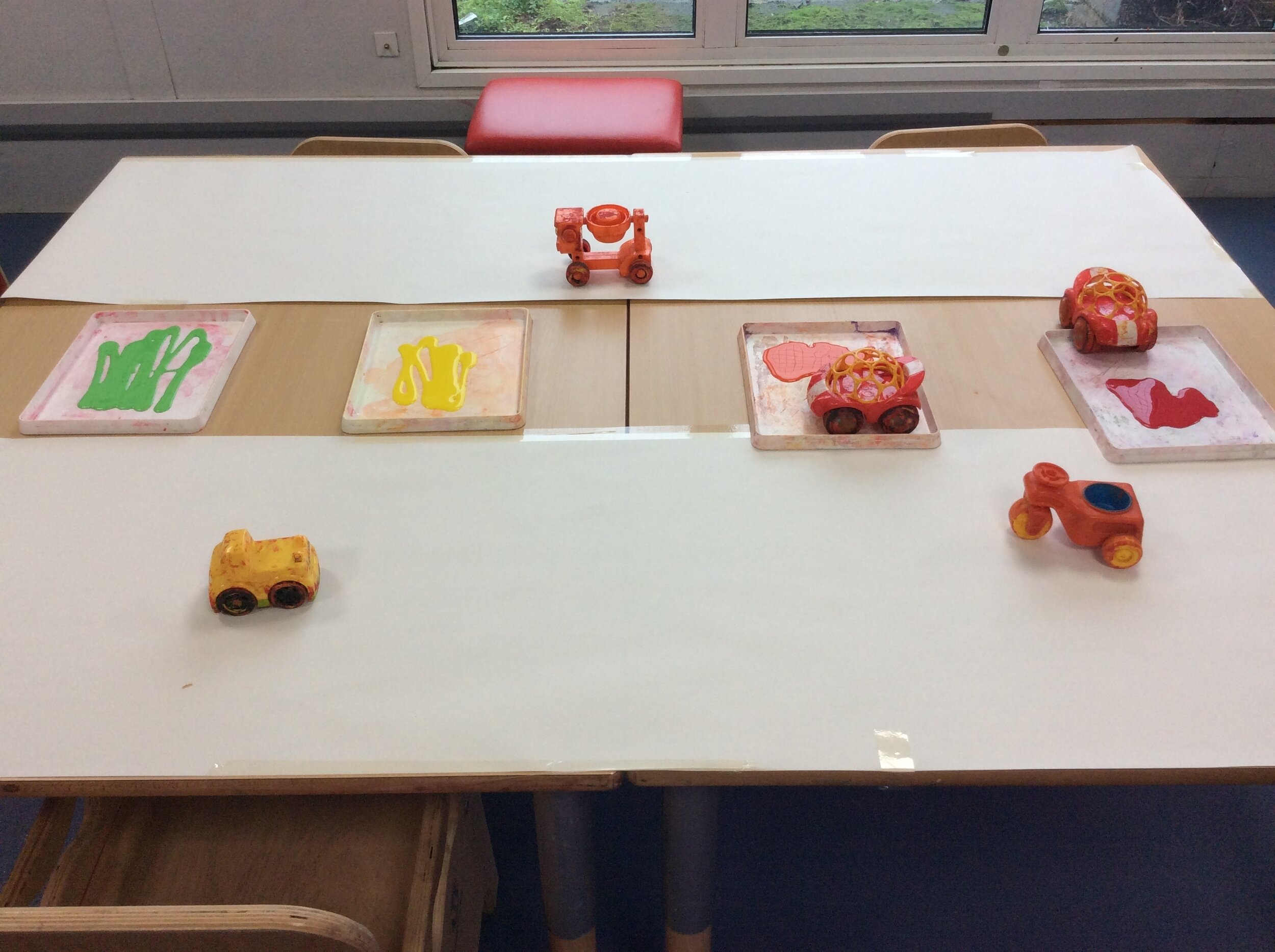Class Timetables
The Importance of Routine
Establishing a class routine is essential to keep your pupils and your educating team calm, organised and alert for play and learning. As adults we can quickly feel anxious and disorganised if we do not understand or know what we will be expected of us during the day and the same applies to our pupils.
In a previous blog post, we talked about using Total Communication to support pupils to understand what is happening now and next. It is once the consistent communication of routine is established that you can begin to support pupils to understand and regulate their emotions in response to changes throughout the day, and consequently develop their flexibility.
Even if you are planning in the moment and following the lead of the pupils, throughout life there are everyday activities that happen at roughly the same time everyday. For example breakfast, lunch and dinner. Charlotte and I refer to sessions in the timetable as “hooks” that we use to build rhythm and predictability into the school day. By doing this, pupils are better able to learn effectively. Attention Autism: The Bucket by Gina Davies is one of our favourite “hooks” that we use because it is fun, structured and brings everyone together in a meaningful and focused activity.
It is not just the time at which activities occur in the school day that provides structure and routine, it is also important to consider routines that happen within sessions. For example, our snack time routine involves pupils:
Transitioning with independence to the snack table to play with a motivating toy.
We then wash our hands with bubbles.
We each take snack as it is passed around the table.
After we have eaten our snack we pass around a drink.
We wipe our hands, mouth and the table with flannels and leave the table transition for outdoor learning.
Following this same routine everyday at snack time supports pupils to be calm and ready to engage in snack and to transition and participate with independence because it is a predictable and familiar routine.
In carousel play, when the activities change each week the physical set up on the room and the resources can provide routine and predictability. For example there is always table top and floor based activities and the messy tray is always in roughly the same location. The physical classroom environment provides pupils and educators with routine and predictability, so everyone knows what is expected of them and can get on and play and learn effectively.
Below is an example of a well planned timetable with consistent routines that will support pupils to develop their understanding of language, their emotional regulation and enable them to be independent learners. Although we have noted the predominant core area of learning involved in each session, it is important to remember that educators can support learning in any of the core curriculum areas at any time throughout the day.
Image captured from The Springboard Curriculum. Inclusive Special Education in the EYFS and KS1. (Millward & Osman 2020).
By establishing a clear and consistent routine at school, we have been able to support individuals from age 3+, with a range of learning needs to participate with independence and be calm and alert for learning throughout the school day.
Planning your timetable.
Use your timetable and routine to make sure that your team of educators knows exactly what to do and when to do it. Explaining to your team of educators what is happening next in the day interrupts your interactions with your pupils. Pupils benefit from a team that works like clockwork, because it enables effective and efficient use of time throughout the school day.
Before the school day starts, make sure that you have all of the resources that you will need readily available to you. For example, have activities set up so that as soon as pupils arrive they can begin learning.
Starting each day with physical and sensory play or carousel play will support pupils who may have spent a lot of time travelling into school because it gives them the opportunity to move, reach optimal arousal and engage in a range of activities. Inevitably, pupils will arrive into school over a period of time. These free flow activities mean that you can get busy as soon as they walk through the door!
Consider how you can set up and tidy up resources and activities effectively and efficiently in between sessions.
Make your sessions throughout the day predictable and routine. For those of you that know Attention Autism, routine is embedded within the session. Think about how you can establish really clear and consistent routines within all of your sessions throughout the day. The school day starts as soon as pupils arrive at the door.
If you are enjoying our content, The Springboard Curriculum is available to buy here as an immediate digital download. You can follow the link to view sample pages before you buy. The reason we decided to share our work? To allow educators to use their time creatively to maximise play and tailor the learning activities to the strengths and challenges of each pupil.
£1 of every sale goes to the school’s charity to give back to the educators and pupils who inspired the curriculum.









